CrossCurrents Library
CrossCurrents is an electronic publication that offers articles on a wide range of topics related to teaching and learning in higher education. Through engaging content that encourages exploration and reflection on best practices, innovative pedagogies, and emerging trends in higher education, we try to help college teachers successfully navigate the challenges they face in today’s complex classroom.
Featured Collections
Topics
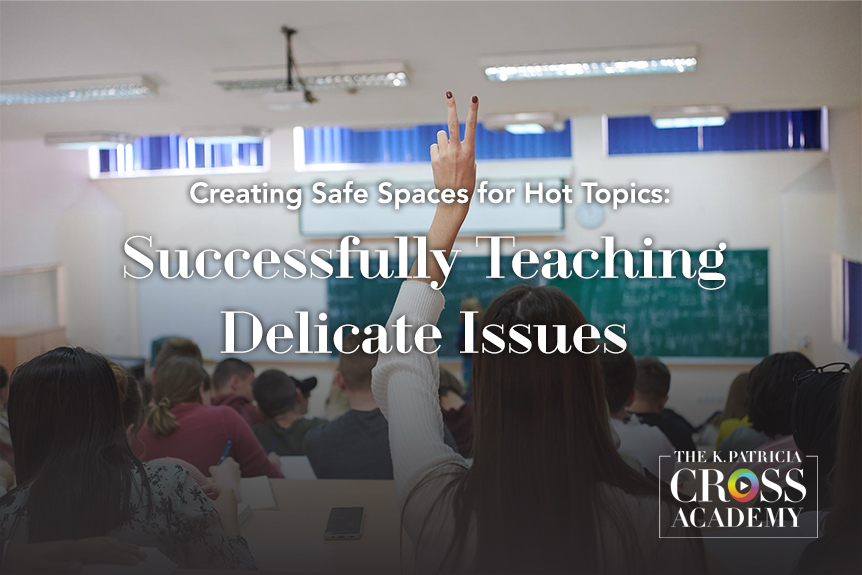
Addressing sensitive topics in the classroom presents one of the most delicate challenges faced by educators. As societal discussions become increasingly polarized, the task of navigating controversial subjects with students grows ever more complex. This complexity is not merely a matter of content selection; it can significantly affect classroom dynamics, student engagement, critical thinking development, and overall learning outcomes.

One of the most difficult challenges faculty face in a collaborative classroom is how to grade students. The fundamental issue is that individual and group accountability seem to be at odds with each other. Tradition holds that a student’s individual course grade should reflect an accurate evaluation of that student’s work and should not be influenced by the performance of

Research demonstrates that in a typical college classroom, most teachers pose a question and then wait less than one second for students to respond. As you might imagine, there are significant challenges with this practice. Allowing students such a short processing time almost guarantees you will not receive carefully thought out responses. It also promotes a classroom dynamic in which
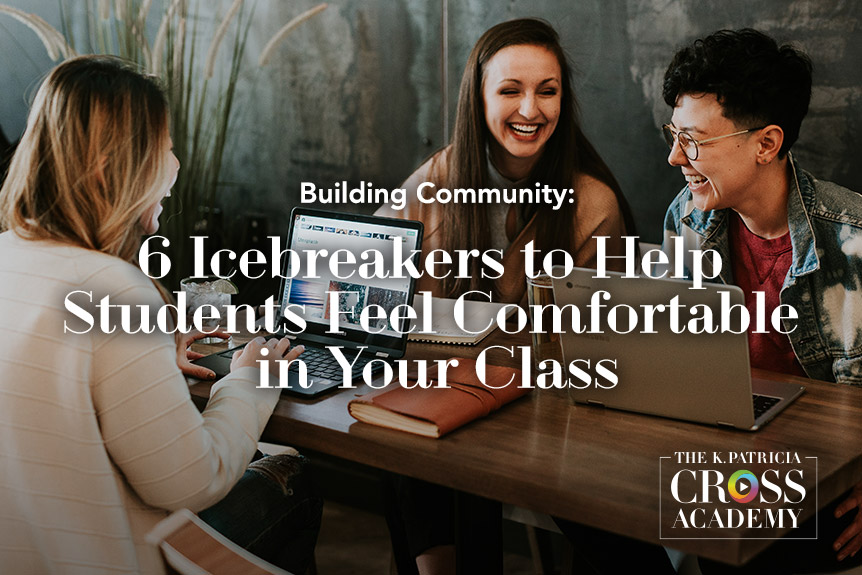
According to surveys, two of the main concerns of most students on the first day of class are whether they will like the instructor and how well they will get along with their classmates (Provitera-McGlynn, 2001). The first days of the semester establish the tone for the next weeks. According to Cavanaugh (2016), “On the first few days of class
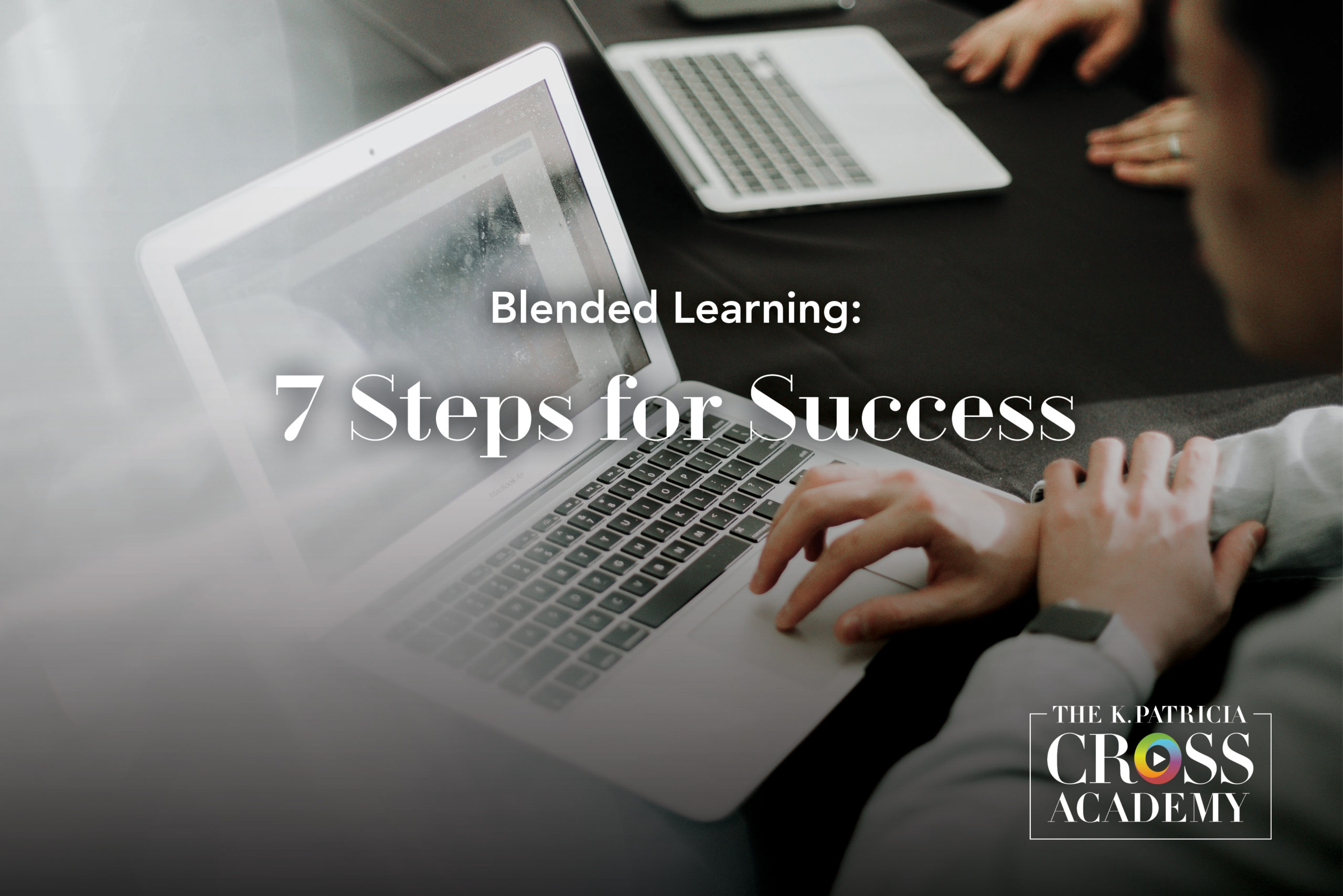
As colleges and universities look for new ways to improve both student learning and the student experience, blended courses are becoming increasingly common. A combination of onsite and online instruction, there is no single approach to blended learning. With any definition, the key to blended learning is the combination of onsite and online instruction. Educators in different geographic regions have
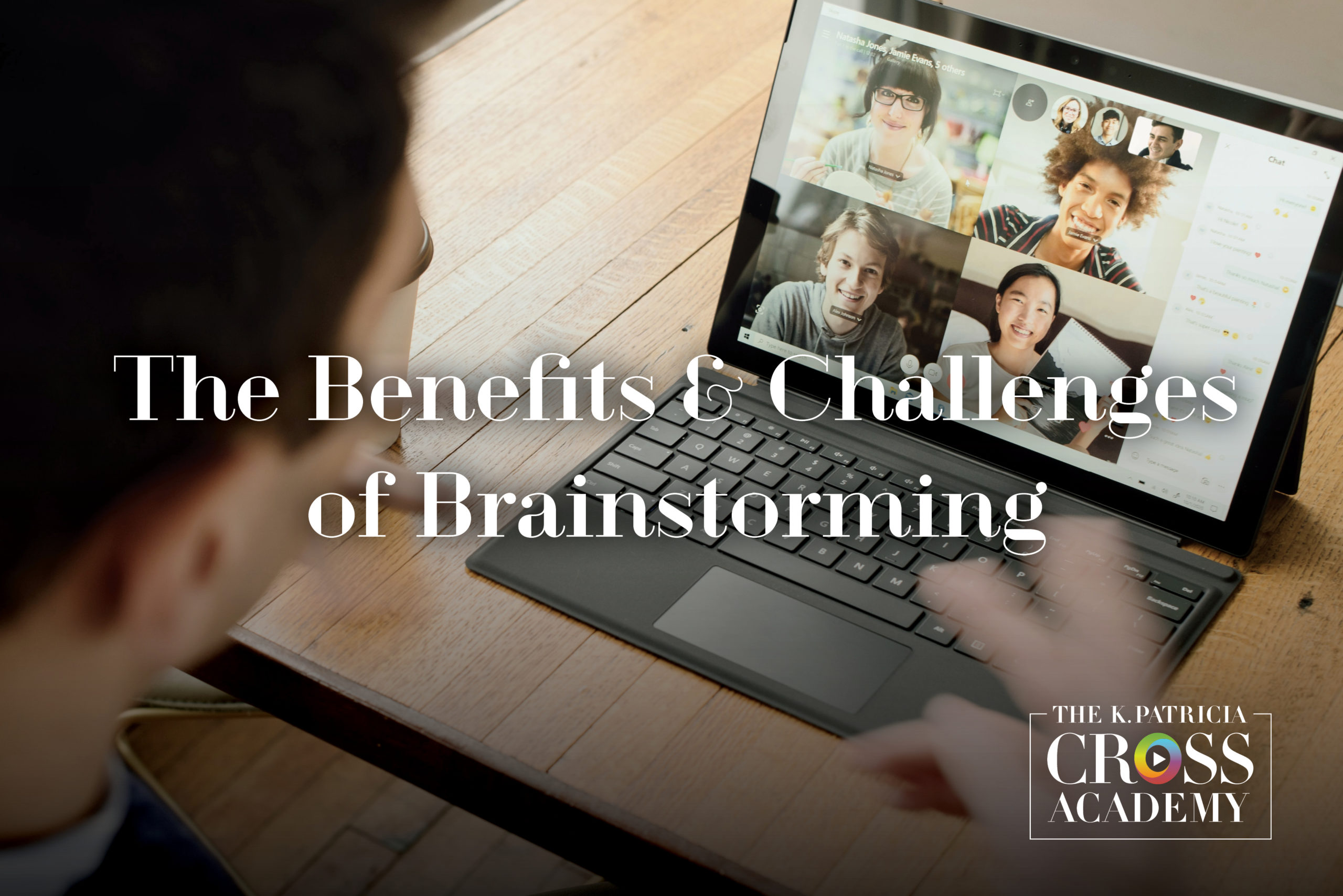
Brainstorming is a method of generating ideas and sharing knowledge to solve a problem. The defining characteristics of a good brainstorming session are when participants are encouraged to gather ideas spontaneously and to think without interruption. When done as a group, people typically collectively agree upon a solution after all the ideas are brought forth and discussed, but it can also
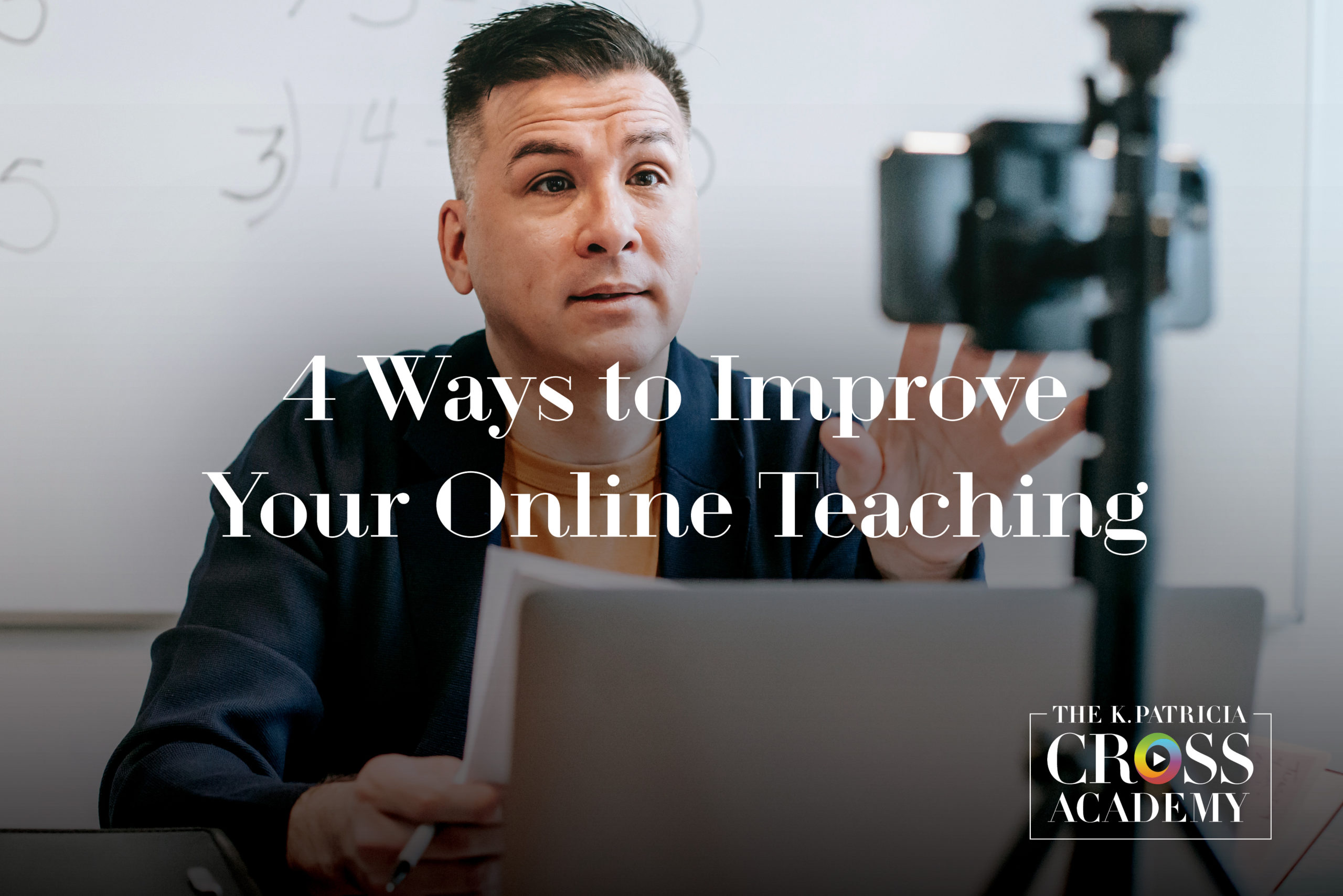
At the K. Patricia Cross Academy, our mission is to support faculty with easily accessible online teaching resources. As instruction is increasingly accomplished in an online environment, this edition of CrossCurrents is focused on highlighting some of the previous resources we’ve made available to instructors to aid in their development of successful, high-impact approaches to online teaching.
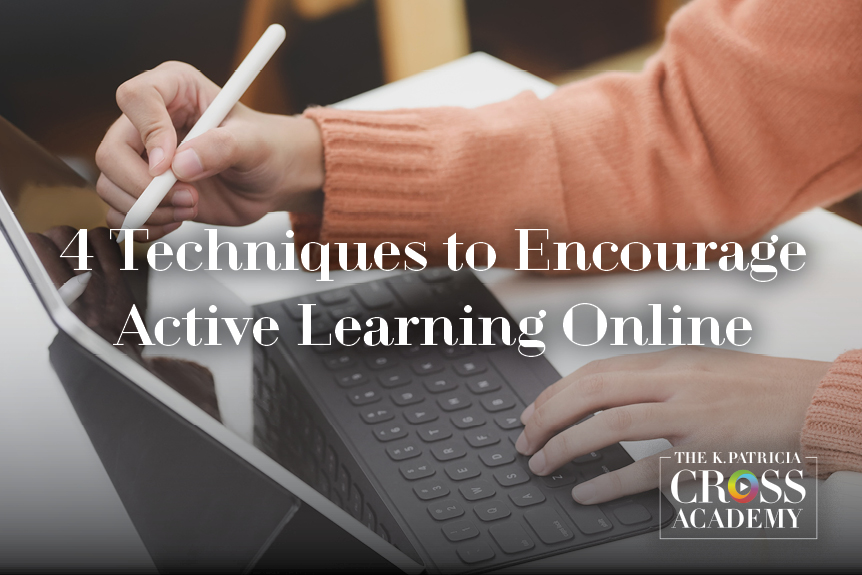
Active learning has come of age in higher education, with many educators adopting this method of teaching in their courses and with many studies documenting its effectiveness as an instructional approach. But what is active learning anyway? And given the fact that so many of us are teaching online, what does it look like in an online course? Descriptions of
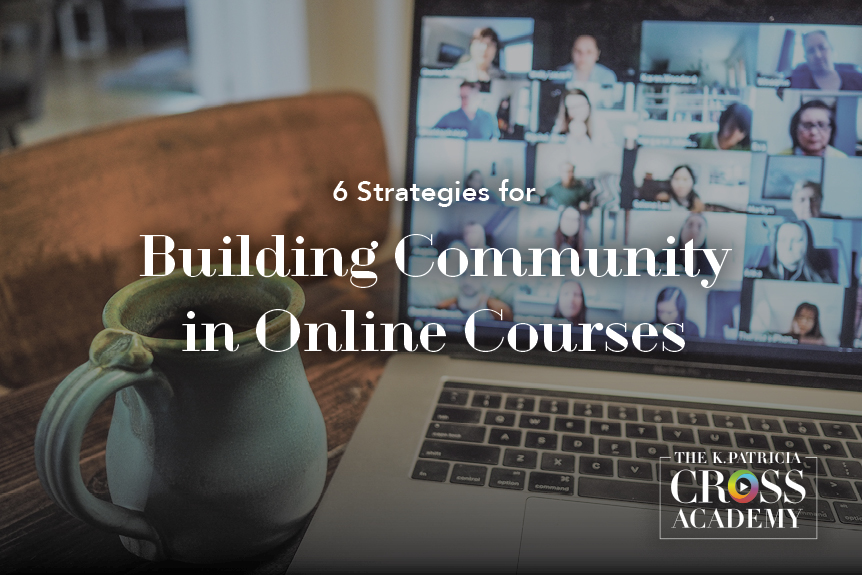
Sometimes, a group of students in a given class just seems to gel. They connect, work well together, and encourage and support each other. Sometimes a group of students does not gel. They barely interact, they don’t work together, and while they may not actively discourage each other, encouragement is not exactly forthcoming either. It can be difficult to determine what causes

After years – even decades – of teaching onsite, many instructors are able to teach a traditional, classroom-based course without having laid out the entire course in advance. This approach doesn’t work well in the online classroom, however, as online course delivery requires more fully developing the course ahead of time. Thus, when teaching online, the process of course design is essential.
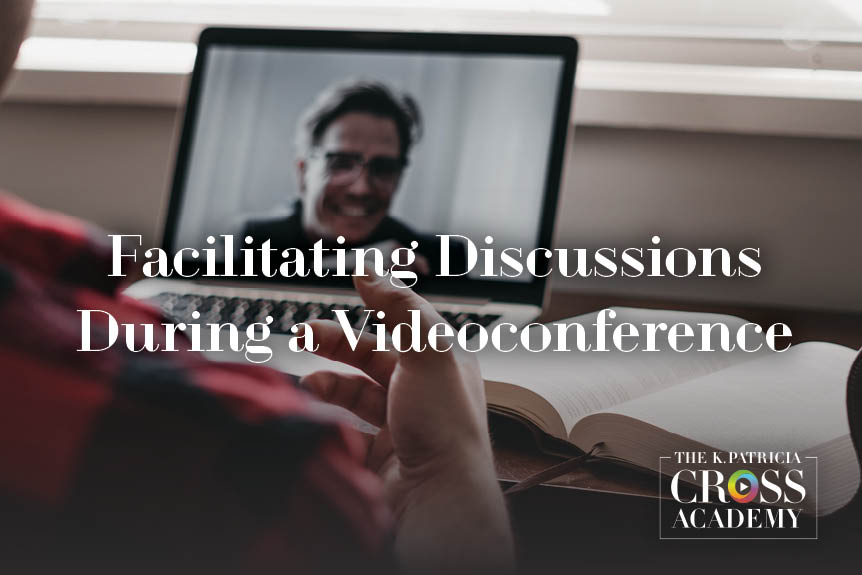
With many of us now teaching remotely, we are finding ways to retain strategies that worked well when teaching onsite. Discussion is one of the strategies that we regularly draw upon when teaching on campus. Thus, instructors who are using videoconferencing to facilitate our class sessions are trying to determine how to make synchronous class discussions work in this new

Many times, instructors feel like they “should” assign discussion board posts. They do so for a variety of reasons, including to simply receive the “regular and substantive interaction” between students and teachers required in virtual classrooms. Lively discussions are a hallmark of face-to-face courses. Likewise, for decades, discussion boards have been a staple of online courses. But doing discussions online and through a text-based medium offers its own set of challenges.